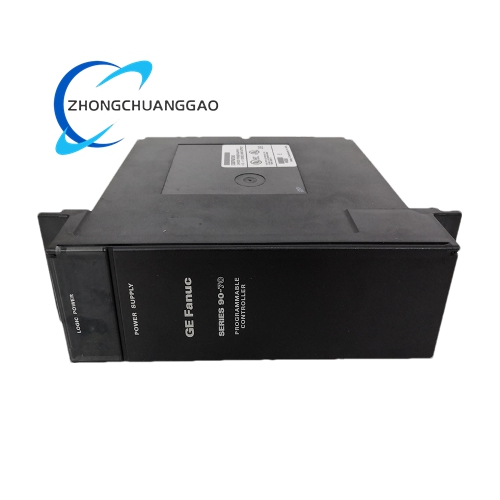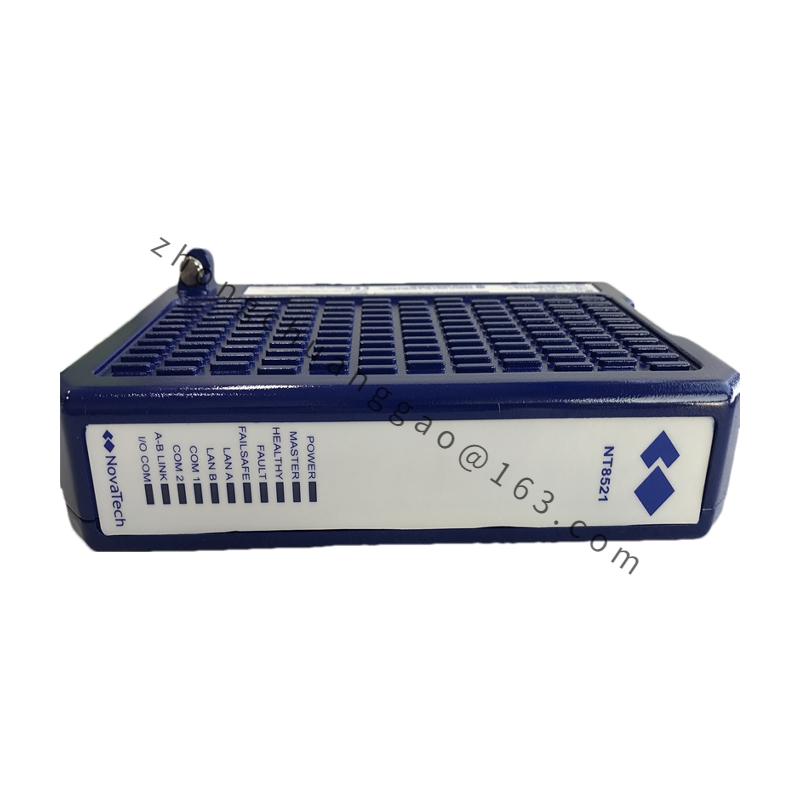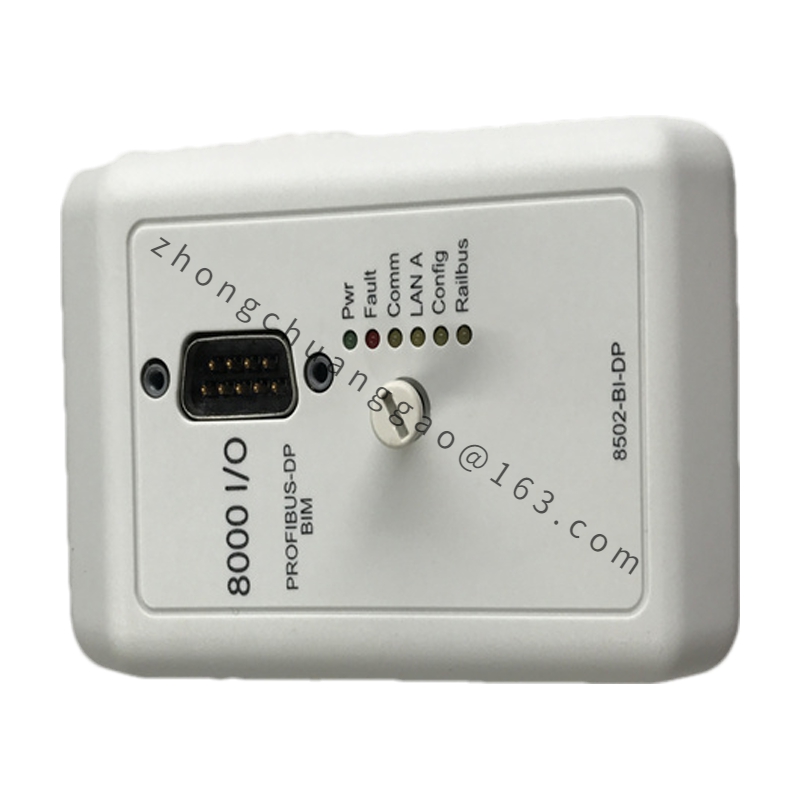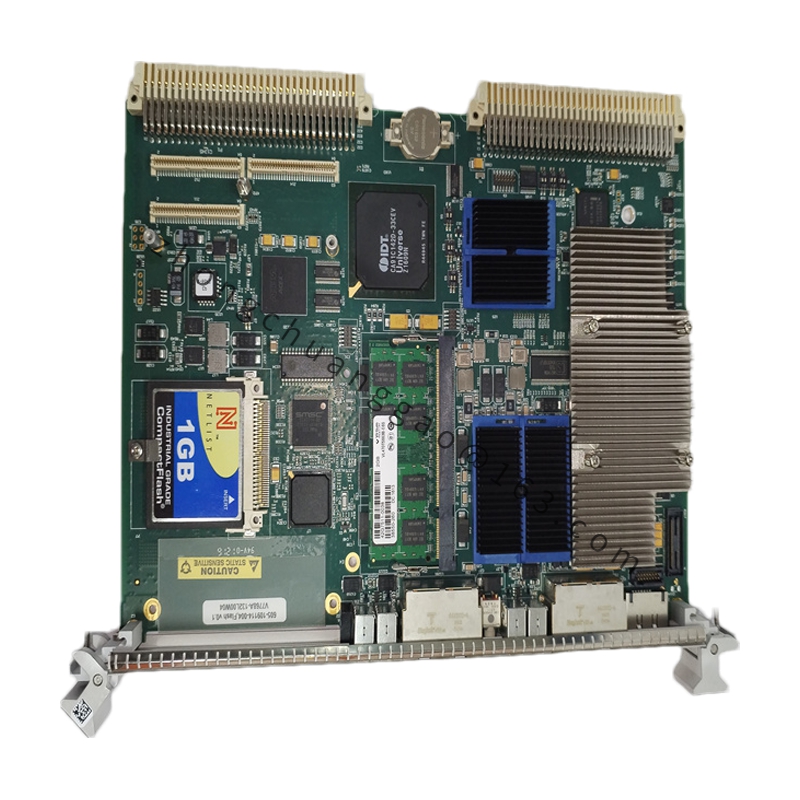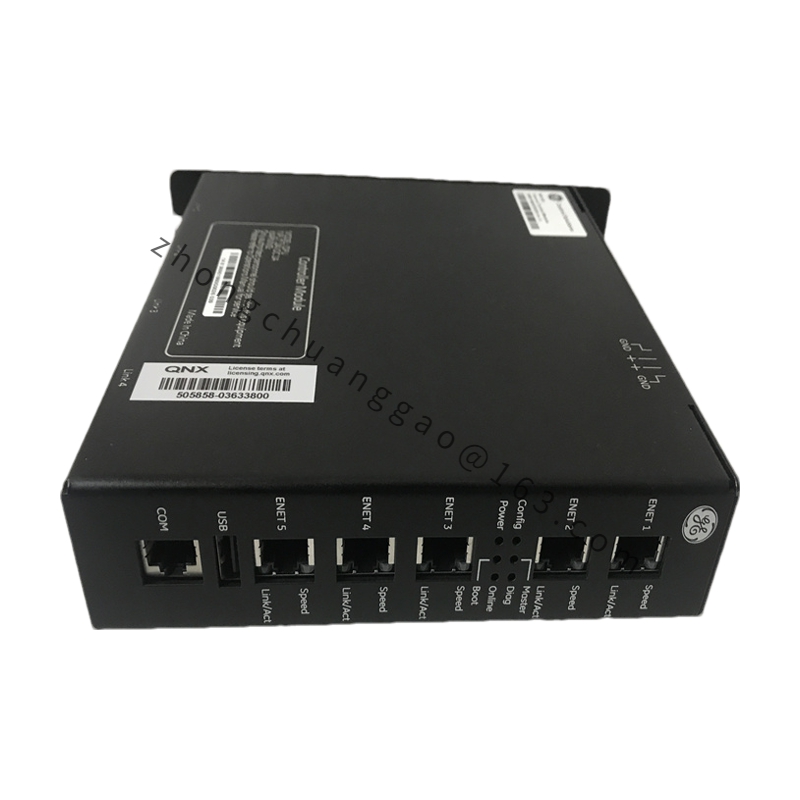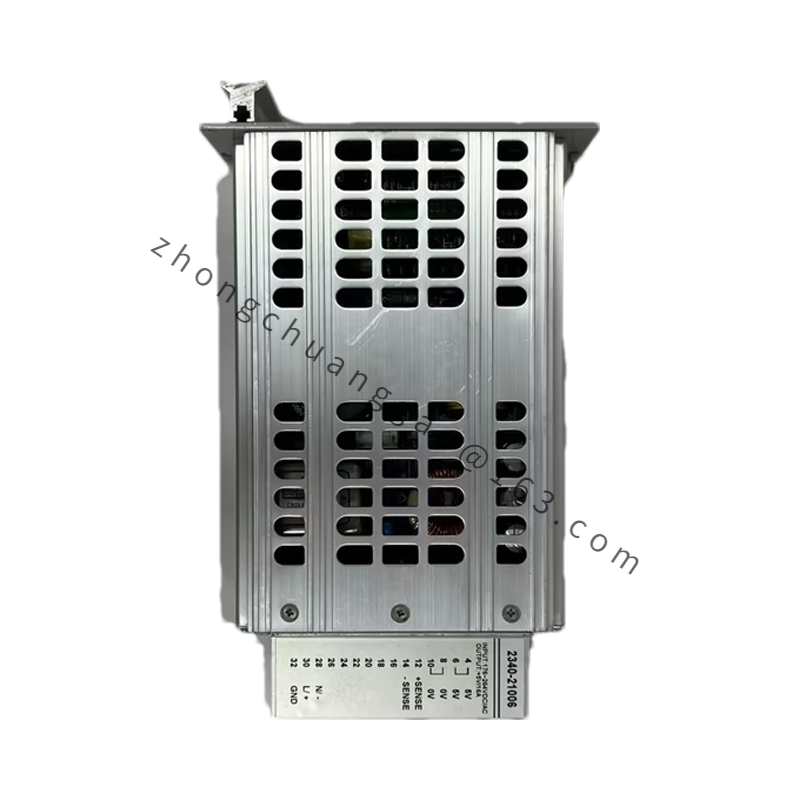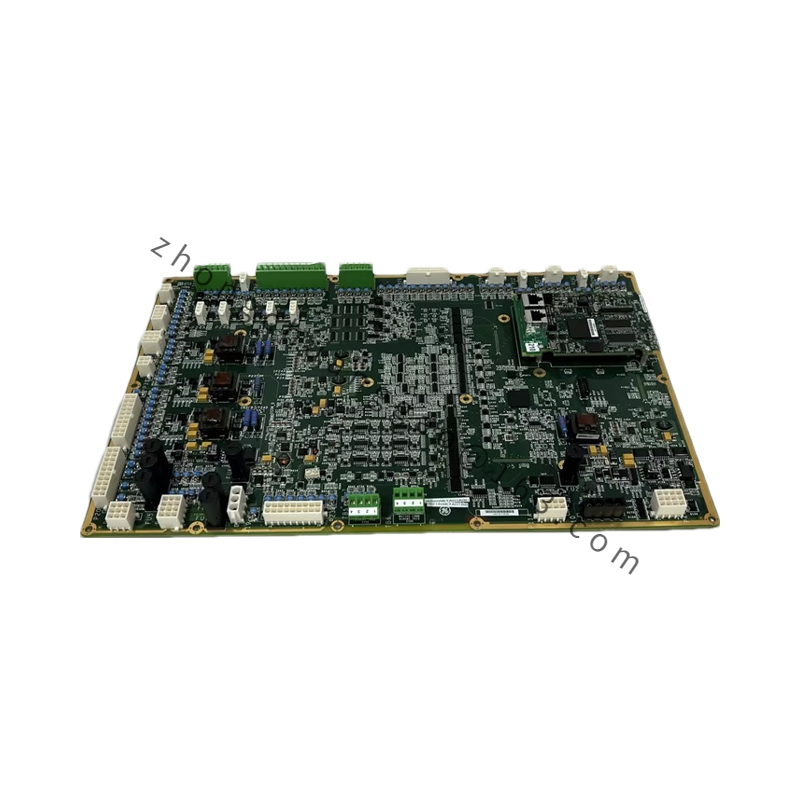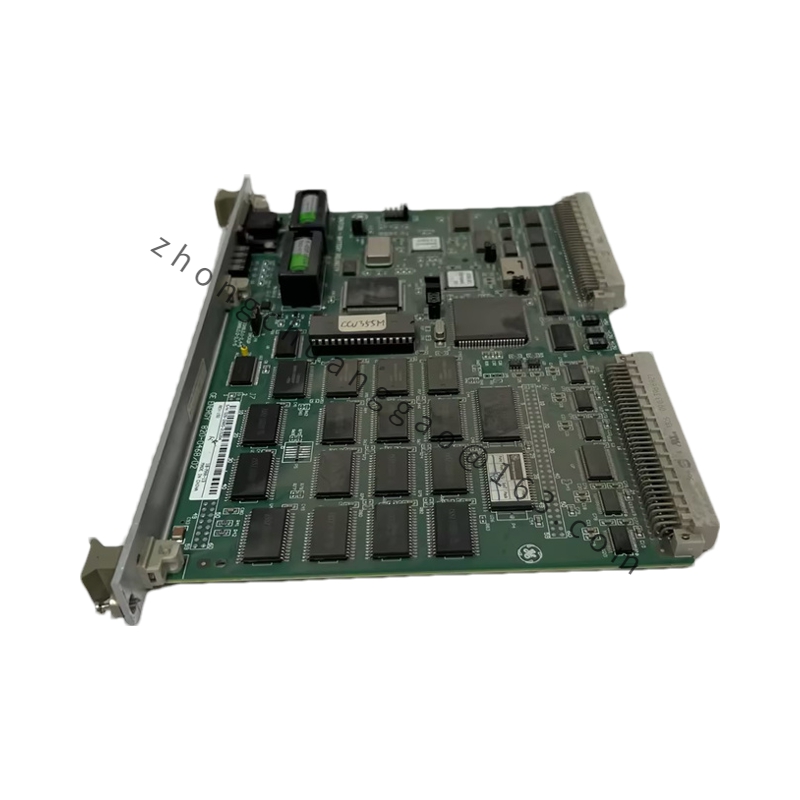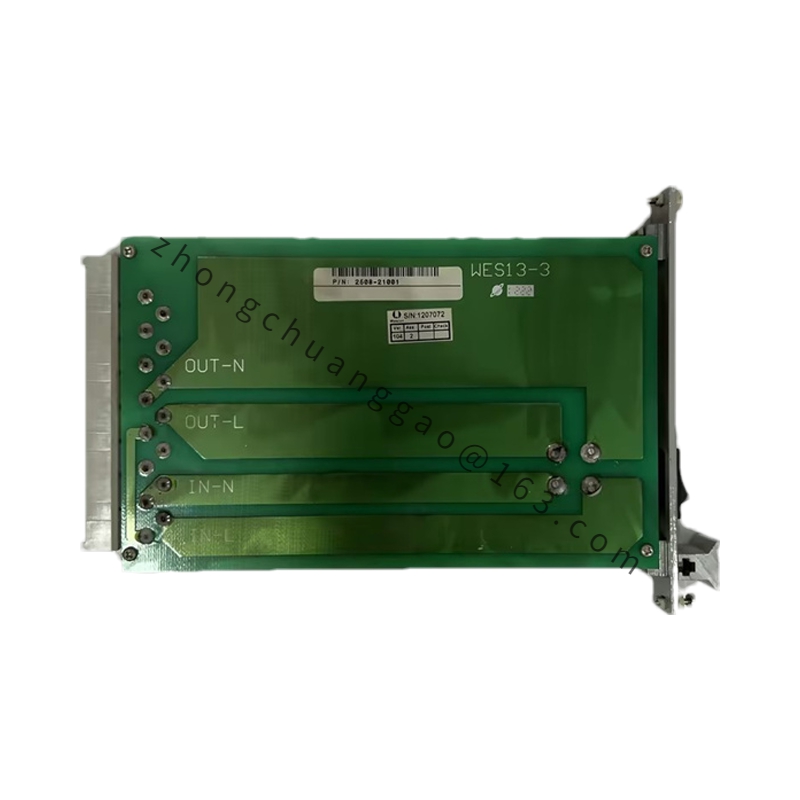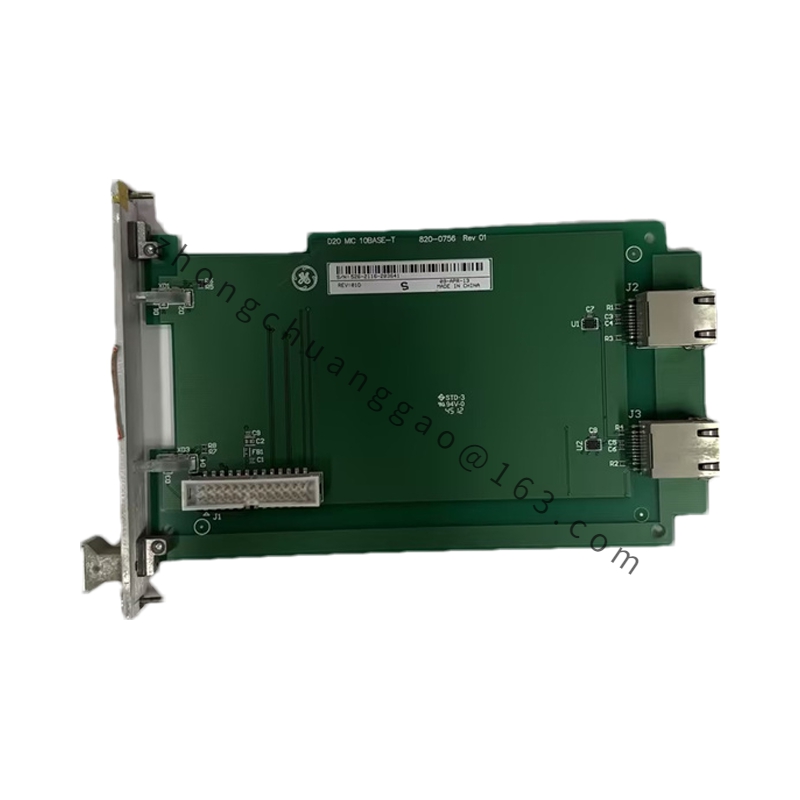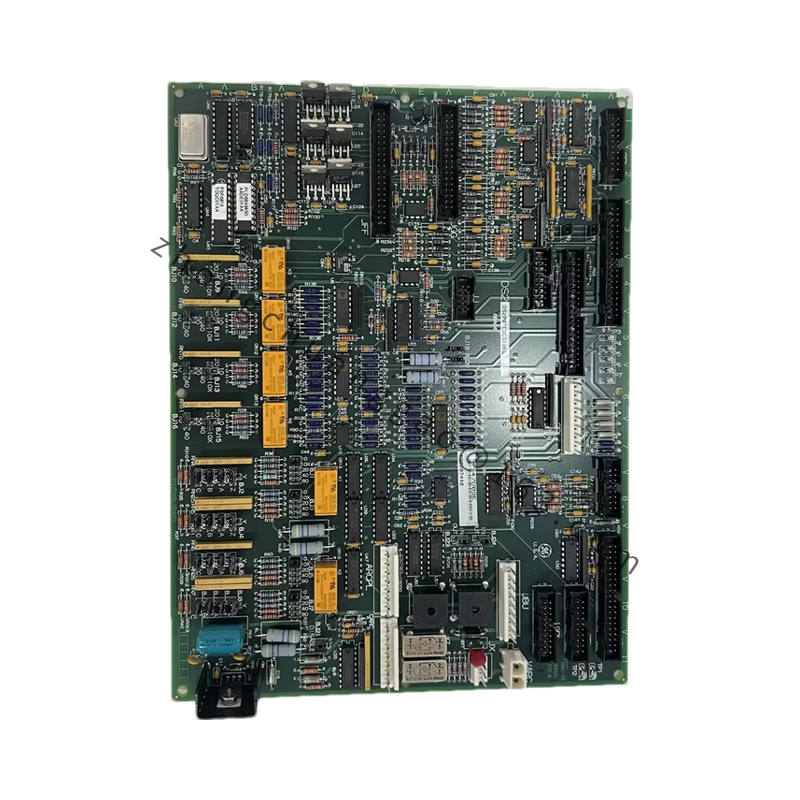GE IC697PCM711P
Technical Specifications
- Module Type: Programmable coprocessor
- Number of Slots: Single – slot
- Power Requirement: 1.0 amp, derived from the 5V bus
- Memory: The base memory has a maximum capacity of 95 kbytes of user memory. The expansion memory daughter board allows the expansion of program/data memory by 64, 128, 256, or 512 kbytes.
- Serial Ports: 2, compatible with RS 232/RS – 422/RS – 485
- Battery: Lithium battery, located on the baseboard housing, with a shelf life of 10 years at 20°C. Memory can be retained for six months without power.
Detailed content
Functional Characteristics
- Dual – Tasking Module: Equipped with a dual – tasking module that can be programmed to perform various functions, such as real – time computations, operator interface, and data functions including storage, acquisition, and communication.
- Easy Programming and Configuration: It can be configured and programmed with various computer types, such as the IC 647 or IC 640 or IBM – compatible PC, XT, or AT, using PCM development software. No jumpers or dip switches are needed.
- High – reliability: The module uses CMOS memory technology, and the data is maintained by a lithium battery (IC697ACC701) when the power is off, ensuring the integrity of key parameters in case of failures.
Application Scenarios
- Manufacturing Industry: In the assembly line of home appliances, the IC697PCM711 协同 visual inspection system can complete product size analysis every 0.5 seconds and dynamically adjust the gripping force of the manipulator through the PID algorithm, increasing the pass rate from 92% to 98.5%.
- Energy Management: In the wind farm monitoring system, the module is deployed in the PLC cabinet at the bottom of the tower to locally process high – frequency data such as wind speed and power, and only uploads abnormal events to the cloud, reducing the data transmission volume by 70% and saving more than 100,000 yuan in communication costs annually.
- Process Control: In the chemical reaction kettle control, the module connects multiple intelligent instruments through the RS – 485 interface, and uses hardware filtering technology to reduce the communication error rate caused by electromagnetic interference from 3% to 0.02%, ensuring the accurate collection of temperature and pressure parameters.

